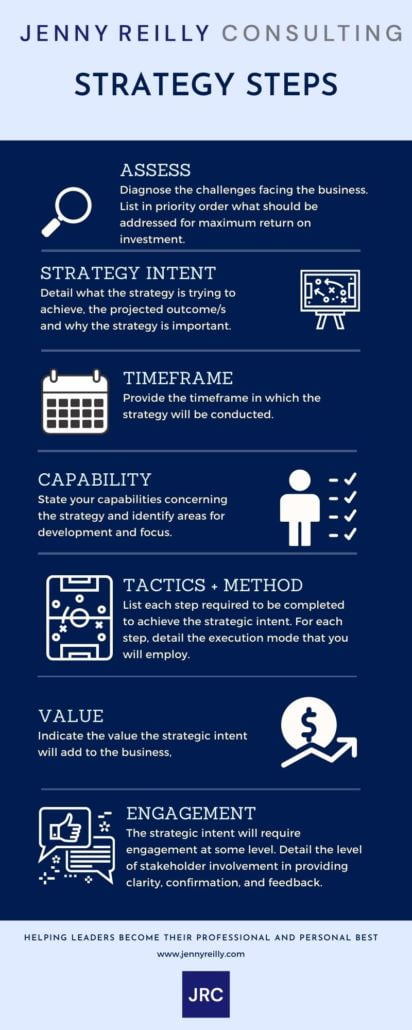Professional Development In Team Meetings: Twelve Months Of Topics To Cultive Team Success
In the spirit of growth and development, I’ve prepared a roadmap to empower you and your team. I’m excited to share 12 strategic topics curated to ignite discussion and fuel your professional development in team meetings. Think of them as the building blocks of success, each topic adding a layer of strength and resilience to your team’s foundation.
The following topics can act as a 12-month professional development roadmap. I genuinely encourage you to take this journey with your team. Set aside an hour each month to dive into these discussions. The insights gained from these sessions can spark innovation, enhance communication, and foster a sense of shared purpose among your team members.
Month 1 – Tactics for Effective Communication
- Active Listening: Focus on the speaker’s words, fully engage with the speaker, maintain eye contact, and ask clarifying questions when necessary.
- Adjust Communication to Individual Styles: Explore adjusting communication styles to suit different team members’ preferences and needs.
- Give and Receive Feedback: Foster a culture of feedback where team members are comfortable providing and receiving constructive input.
- Do Your Homework: Emphasize the importance of preparation before engaging in critical discussions.
- Identify common communication pitfalls: Strategize how to initiate and sustain productive conversations. Discuss how to use open and closed questions to achieve communication objectives strategically.
- Maximize Non-Verbal Communication Cues: Discuss the role of non-verbal cues in conveying messages and intentions.
- Understand the Other Person’s Perspective: Emphasize acknowledging and validating different viewpoints.
- Encourage an Open Environment: Encourages individuals to freely share their thoughts and concerns by creating a safe space for sharing ideas.
Month 2 – Team Focus, Goals and KPIs
- Identify your Team’s Area of Focus: Evaluate your team’s portfolio objectively and list all focus areas. By identifying your areas of focus, this will assist you in the formation of your goals.
- Define Long- and Short-term Goals: Set S.M.A.R.T.E.R. (Specific, Measurable, Action-Oriented, Risky, Time-bound, Exciting and Relevant) goals.
- Identify Core Team Key Performance Indicators: Your KPIs directly align with your goals and objectives. Your KPIs should be based on data that is reliable and easily accessible. Limit the most crucial KPIs as otherwise, you will create confusion and dilute team focus. Use your KPIs as a measurement tool and a basis for continuous improvement.
Month 3 – Team Building
- Build Trust: Stress the importance of trust as a foundation for effective teamwork.
- Change Management: Equip your team with strategies to adapt to and thrive in changing environments.
- Define Roles and Responsibilities: Ensure each team member understands their roles and responsibilities.
- Help your team develop a shared sense of purpose: Communicating the team’s mission and setting clear and measurable goals to keep the team aligned. As a standing agenda item on team meetings, ensure your goal progress is shared and discussed.
- Set Team Guidelines: Establish team communication, decision-making, and collaboration guidelines.
- Walk the Talk: Lead by example and foster a positive, constructive team culture.
Month 4 – Issue Processing to Solve Complex Problems
- Define Issues and Problems Clearly: Encourage your team to articulate problems clearly, ensuring everyone understands the issue.
- Plan Strategies: Emphasize the importance of planning and strategy development before diving into problem-solving.
- Present Findings and Recommendations Effectively: Provide guidance on delivering compelling presentations that convey key findings and recommendations.
Prioritize Critical Matters: Discuss methods for effectively identifying and prioritizing critical issues to allocate resources. - Structure Complex Issues: Teach your team how to break down complex problems into manageable parts, making it easier to tackle them systematically.
- Synthesize Insights: Teach your team to synthesize data into actionable insights and create practical recommendations.
- Use Analytical Tools: Explore various analytical techniques and tools that can be used to gather data and insights.
Month 5 – Delivering a Compelling Message or Presentation
- Demonstrating Strong Personal Presence: Discuss the significance of confidence and assertiveness in presentations.
- Team–Oriented Presentation Approach: Encourage teamwork in presentations, allowing team members to complement each other’s strengths.
- The Significance of Non-Verbal Communication: Explore the role of body language in effective communication.
- The Trio of Effective Communication Principles: Highlight Clarity: ensuring your message is straightforward. Conciseness: delivering the message succinctly, avoiding unnecessary details, and Convincingness, making the message persuasive and compelling.
Month 6 – Optimizing Your Time
- Always Build Upon Existing Work: Encourage reusing and repurposing existing resources to save time.
- Become Proficient in Productivity Tools: Share tips and tricks for using productivity tools effectively.
- Maintaining Efficient Document Organization: Share best practices for efficient data and information organization.
- Minimizing Interruptions and Disruptions: Offer strategies for minimizing distractions and increasing productivity.
- Overcoming Procrastination: Discuss methods to combat procrastination and stay focused on tasks.
- Preventing Unproductive Meetings: Teach how to plan, conduct, and participate in productive meetings.
- Understand how to set Priorities: Discuss techniques for setting priorities and managing workload effectively.
Month 7 – Leading Effective Meetings and Workshops

Establish the Groundwork for Collaborative Efforts: Provide techniques for setting a positive tone and fostering collaboration in meetings.
- Maintain Focus in Discussions: Share methods to manage discussions effectively and steer them towards the intended goals. Teach strategies for redirecting discussions if they veer off course.
Month 8 – Foster Emotional Awareness and Intelligence
- Emotional Management: Teach techniques for managing and controlling emotions, especially in high-pressure situations.
- Personal Insight: Encourage self-reflection and self-awareness, helping team members understand their emotions and reactions.
- Understanding Others: Stress the significance of empathy in building stronger relationships within the team and with clients or stakeholders.
Month 9 – Stakeholder Oversight
- Identify Influential Stakeholders: Identify key stakeholders and their interests. Categorize stakeholders based on their influence and involvement in your projects.
- Create and Enact an Action Strategy for Every Stakeholder: Develop tailored strategies for managing relationships and stakeholder.
Month 10 – Engaging in Productive Negotiations
- Pre-negotiation Planning: Provide strategies for thorough preparation, including defining objectives and understanding the other party’s position.
- Negotiation Execution: Explore negotiation techniques, such as creating win-win scenarios and managing conflicts.
- Negotiation Conclusion: Teach your team how to bring negotiations to a successful close and secure mutually beneficial outcomes.
Month 11 – Fostering Collaboration Competencies
- Encourage cross-functional learning: Encourage team members to learn about other organizational functions to enhance collaboration.
- Prioritizing Seamless Communication Across Departments: Highlight the importance of clear communication and cooperation across departments.
Month 12 – Innovate and Embrace Change
- Cultivate an Innovative Environment: Encourage your team to think creatively and embrace innovative approaches to problem-solving.
- Maintain Flexibility and Readiness to Adjust: Teach strategies for adapting to rapidly changing circumstances and seizing opportunities.
The roadmap is flexible; if a topic doesn’t resonate with your sector, swap it out with one that aligns more closely with your team’s needs and professional development goals. The aim is to make it work for you, to tailor it to your unique challenges and opportunities.
If you make a meaningful tweak to a topic to fit your context or swap it out , I’d love to hear about it. Please share your experiences with me at jenny@jennyreilly.com. Your insights could be invaluable to others for their professional development. Your feedback matters!
If you want monthly leadership tips, sign up for my JRC newsletter.







